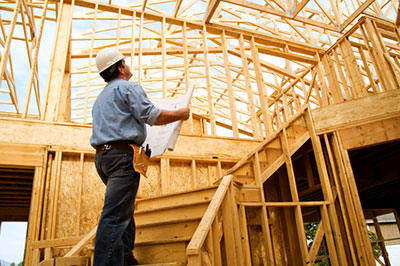
Modifications to Improve the Accessibility of Your Rental Property
Nearly one in five people have a disability in the U.S., the Census Bureau reports, with roughly 30 million using wheelchairs. Traditional housing often fails to meet the needs of residents with limited mobility since structural barriers, such as, narrow doorways and steep stairs are impossible to navigate. Landlords can make their rental properties wheelchair- and handicap-friendly by making modifications which improve ease and comfort for residents. Tenants of private residential properties can also request changes to rules or policies to accommodate their disabilities.
Doorways and thresholds
The Americans with Disabilities Act requires doorways to be at least 32 inches wide (enough to accommodate a standard wheelchair). Additionally, thresholds should be no more than ½ inch high. However, ¾ inch-high thresholds are allowed if they’re also bevelled; the slope must also be no steeper than 1:2. There also needs to be enough clearing space for residents to approach, open, and close doors. The amount of clearing space depends on the type of door. If the door is pulled inward to open, a maneuvering clearance of 18 inches is necessary. If the door swings away, a maneuvering clearance of 12 inches should be in place.
Ramps and elevators
Ramps or elevators can be expensive or difficult to install. As such, landlords aren’t required to make these changes to the property. Landlords must, however, grant requests made by tenants with limited mobility when they’re technically and financially possible. If it’s feasible, ramps typically made from wood, aluminum, or poured concrete can be used to replace or cover existing stairs. Landlords must abide by local building codes for ramp angles and other important specifications.
Kitchen and bathroom
Lowering kitchen tops to 30 inches high can help tenants with limited mobility as they’ll be able to make the most of counter space. Floor level cabinets can also be inaccessible to residents in wheelchairs. It’s therefore preferable to remove the cabinets and leave the space empty, allowing residents to get closer to the countertops. When it comes to the bathroom, installing accessible bathtubs and/or showers makes it possible for tenants with limited mobility to enter and leave the shower or tub comfortably. These units can simply be installed into the existing bathtub or shower.
Finally, under the ADA, landlords of private dwellings are responsible financially for modifications made from disabled tenants. Making these suggested modifications to your rental property is worth the investment. You’ll make it accessible for people with limited mobility and therefore also attract a greater number of potential tenants.
By Alicia Law
Categories: Blog

